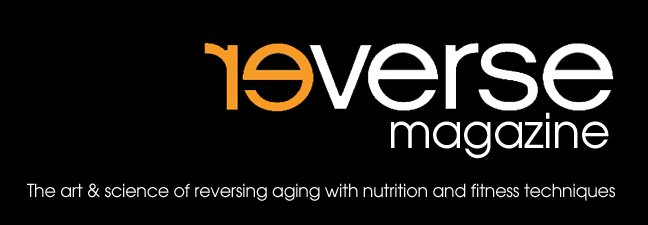
by Tom Furman
"Be like water."-Bruce Lee "Be like a child." - Tom Furman
Years ago, someone said something that was funny, but true. " When you stop doing something, you will soon not be able to do it." There is much truth in this. The amount of time that you let pass between the practice of skills erodes pathways that connect from the mind to the muscles. Think of it as walking through a field of weeds. The more you walk through the field, the less the weeds grow and you begin to get a path that is easy to follow and provides little resistance. If you frequently "cut through other fields of weeds", you have little fear that the initial resistance will be permanent and you will have many paths to follow. It takes only infrequent trips to keep the path clear and movement effortless. This is similar to basic movement skills like running, jumping, squatting, lifting, climbing, pushing, crawling, balancing, swimming and so one. If you simply practice these movements with some frequency, duration, intensity, and progression, you will put off the aging process.
The first step is returning to the actions of childhood. When we were children we were told to sit on the floor to allow the adults to have chairs. We even preferred the floor. Most babies struggle from their parents arms to get on the floor and crawl on all fours, roll, push, pull, and balance on two legs. It's totally natural and lost in most adults. The starting point is more time on the floor and less on the chair. Watch TV on the floor, read a book on the floor, or just feel free to move around down there. This requires no money, little time, and no equipment. There can be no excuses about anti aging being expensive or gym memberships being inconvenient. Start with some simple sitting, and use back support like the couch to start. Try straight legged, bent legged, cross legged, etc. Spend time on your stomach, your back, your side, and all fours. Move from your back to your side to your stomach with some grace and support yourself without letting your torso sag. This will only take minutes a day and the results will be outstanding.
The second step is to try squatting. This is a lost art with most adults. Squatting is totally natural and contrary to the Urban Myth, very good for the lower body and knees. You should hold onto support at first. Heels should stay flat. This will take some time. Move slowly and if it takes several weeks or several months, that's fine. Focus on a chest up posture with your knees tracking your toes which should be pointed slightly outward. It's a good idea to push out with the thighs as if you were prying your legs apart. This will activate your buttocks and make squatting more efficient. The pressure should be felt in your hips and butt and not on the knees. The action becomes more balanced when you gradually gain movement and flexibility and your heels settle on the ground for a true squat that is practiced around the world as a resting position. An intermediate position is a half squat or lunge position. One knee up, one knee down. You can pad the lower leg or do this on a soft surface. Come in and out of the position with thigh strength alone. You should not need support. Practicing this movement will help your balance as well.
The third step is pulling. This requires you to get proficient at lifting your body off the ground by hanging on an overhead support. It's more commonly called a pull up. There are two reasons you can't do pull ups. You are either too fat or too weak. If your pulling muscles get stronger and you get leaner, pulling yourself will get easier. In the meantime, grab the edges of the doorway, lean back and do a pulling motion to upright yourself. There are many variations you can think of. The best place to practice this exercise is a ParCourse at a park. They are free, common, and provide great training equipment. They have plenty of stations to practice pulling at. Once you feel confident with "doorway" pulls, you can practice "cheating" pulls by jumping or stepping to the top of a pullup motion and holding yourself up there for a longer and longer count. Eventually you will gain the strength to pull yourself up with NO help. Then it's a numbers game. The more you pull, the better you get.
The fourth step is pushing. The greatest bang for the buck exercise is push ups. They require body alignment, abdominal strength, chest strength, shoulder strength, and tricep strength. If you can't do just one, start by stepping away from the wall and using that as a base for "push aways". Gradually work down to the floor for pushups from your knees. Keep the body in a straight line, with abdominals braced, and elbows close to your sides. When these become effortless, move on to the real thing. Both men and women are capable of these and should practice them BEFORE ever thinking of lifting weights.
There are many, many, steps beyond this but this will get you started. When you take natural movement and practice this to the highest level, you begin to look like the Brazilian based fitness called Ginastica Natural. Here's a clip and and idea of what "keep the pathways open" looks like.







